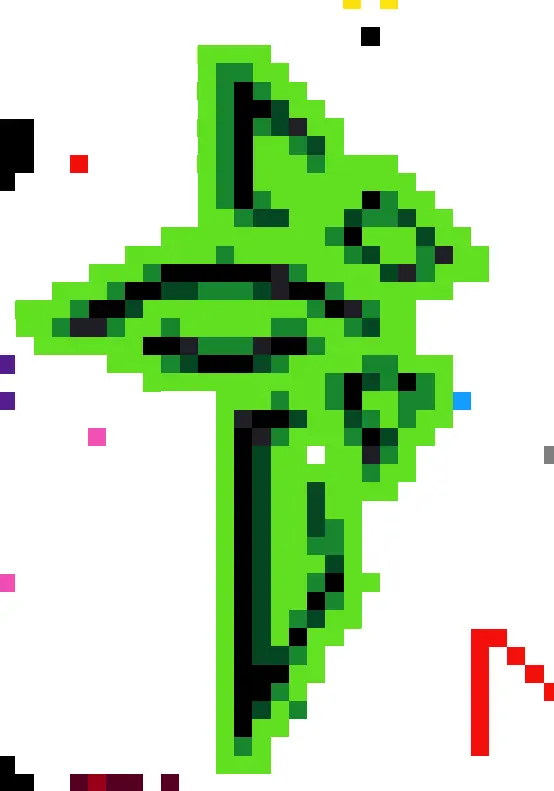I want to install Debian directly onto my USB drive. Is there an easy way to do this directly without having to reboot to run the installer?
So the lower-ish difficulty answer would be to run the iso installer in a VM with the usb stick forwarded to that VM.
Or you can learn what those fancy installers do: on debian you would use debootstrap
Here seems the whole guide on how to install debian manually with it:
https://gist.github.com/tr3buchet/6407920Btw, this is also basically how you install Arch. As of until recently there wasn’t any installer and you had to go through each step manually (create partitions and fs, install the base system with <insert distro specific tool>, chroot, update fstab, distro specific finishing touches, voilà)
Depending on what OP actually wants to do it might be simpler to just install Linux normally in a VM. I recommend Hyper-v if you are using Windows Pro and if you are using Windows Home I recommend upgrading to Pro using MAS scripts or using a workaround to install Hyper-V on Home.
You could also use a hypervisor like virtualbox but they are type 2 hypervisors which are usually slower compared to type 1 like Hyper-v or KVM.
Copy a live cd iso using dd.
This doesn’t really install it, though, you can’t update or permanently edit and config, set up users, or anything like that. I would guess OP wants something more like booting the ISO in a VM, allocating a thumb drive to that VM, and then installing a full system to it with a boot loader.
I used to have a SanDisk Extreme Portable running Ubuntu. If it was unplugged, my computer would boot Windows and when I plugged in the SSD to USB it would auto boot into Ubuntu.
I have no idea how I did it though.It was my first time using Linux and I followed a guide online.Edit: found the video
I installed from one flash drive with the image (on ventoy) to another flash drive that was plugged in to be the boot drive. On a cheap USB2 drive, it’s unusably slow - so make sure you use the fastest drive you can
+1 for “it’s unusably slow!”
I tried this last year with Linux Mint, and I learned that a normal USB drive just doesn’t have the read/write speed to even e.g. operate Firefox smoothly. There are different ways to address that, none of which really did the trick for me, so the best bet is to just get a drive with the fastest read/write rate possible. I’ve heard that it can run tolerably well on one of those more performant drives, but I didn’t try it myself.
USB SSDs are way faster!
PenDriveLinux or rufus or balena etcher (frequently just referred to as “etcher”) or just dd.
nuff said.
Rufus. Best for unlocked Windows images btw.
without having to reboot to run the installer?
I’m not sure that I understand what you mean. Are you saying that you want to be able to load the OS without having to reboot your computer? Or are you saying that you just don’t want to have to click the equivalent of “try the OS” when booting a live USB? If it’s the latter, you should be able to just select the flash drive as the install point (though, tbc, I have never tried this, but I don’t see why it wouldn’t work) (I think you’d need 2 USBs, though — you’d need 1 to be the installer source, and one to be the install point — I don’t think theres any installer that can run as a desktop application. Though, if it’s Arch Linux, you might actually be able to call pacstrap from the host OS — I’ve never tried this after having already installed the OS). There’s even OS’s that are specifically designed to be ephemeral on hardware in this way — eg Tails OS.
Yes
Boot from one USB then install into another USB, IDK exactly how the booting will work, I believe you will have to install the boot manager into the USB and then in the machine you want to use your OS you should boot from the same USB.
Never did it but I believe that’s the way it should be.
This works. I ran a linux distro in off hours on my work laptop for years this way.
MX Linux (debian based) works perfectly on a usb drive
directly onto my USB
directly without having to reboot to run the installer?
You use “directly” three times. Remove all instances of the word from your post and reread it. Does the post make sense to you still? Does it have the same meaning?
I am not trying to be a dick, I want to make sure the word does not have a meaning I am not aware of in this context or if Linux is installable to a USB drive ‘indirectly’ but that does not make sense to me.
Can you rephrase what you are trying to do?
I want to install Debian on the USB drive from my currently running OS, Manjaro Linux.
I don’t want to have to boot from Debian installation media to install it on the USB drive.
I am using Manjaro as well.
Are there Debian apps that you want to run but are unable to because Manjaro is Arch-based? I have read that it is not recommended to install programs compiled for Debian, that it is difficult to run them. Using a virtual machine is the recommended way to use them. Asking just in case but I do not think this is what you want.
Computers can only run one operating system at a time, unless you use virtual machines and hypervisors. Most operating systems are launched after the system uses a bootloader to get the system ready for the operating system. This is usually done by the BIOS/UEFI/firmware starting a bootloader, which then launches the operating system.
If you want a USB that you can plug into a machine that is already running, that has an active operating system like Manjaro or Windows or whatever, then have it start running Debian, like you would an Appimage or a Windows .exe program saved to a USB, that is not possible except maybe with a virtual machine program like Virtual Box or Qemu.
USB drives were not intended to be used as drives that run operating systems. It can be done, but it is not simple and can cause a lot of errors.
What do you need the USB for? If you can explain what you are trying to achieve with more detail, there might be ways to do it differently.
You could use the Debian cloud image. Just download the “no cloud” option and then grow the partitions
MX Linux and it’s predecessor (can’t recall the original version) is a Debian distro that will run with a persistence cache on a USB stick.
Buy an external ssd or an internal one with an enclosure.










